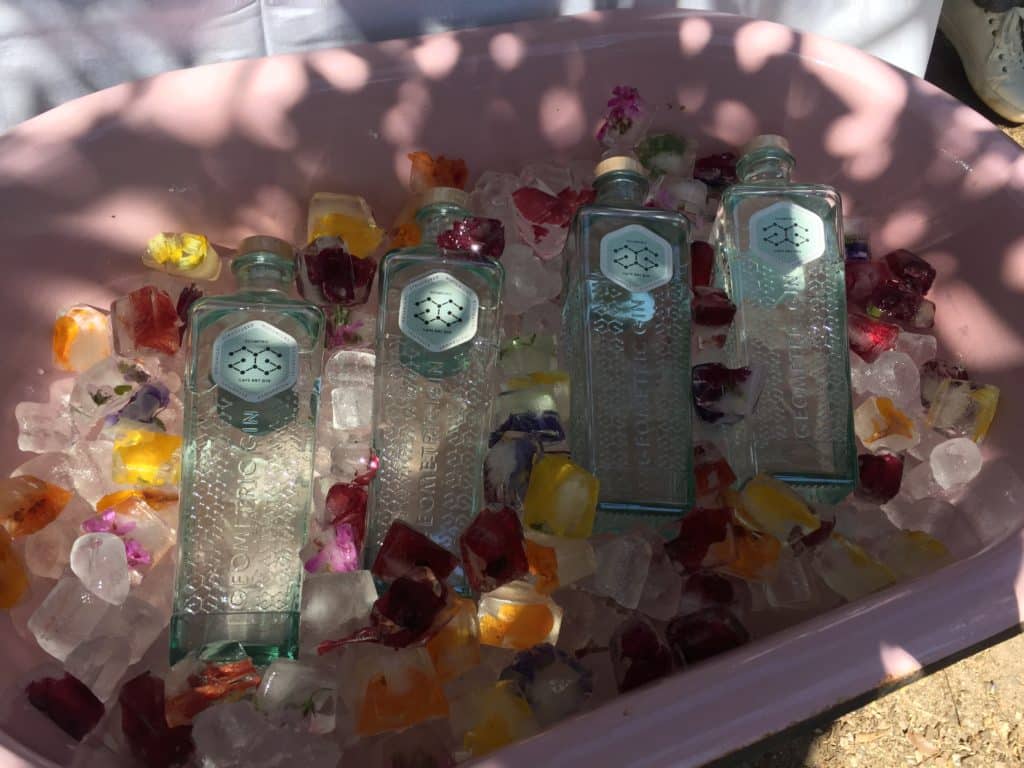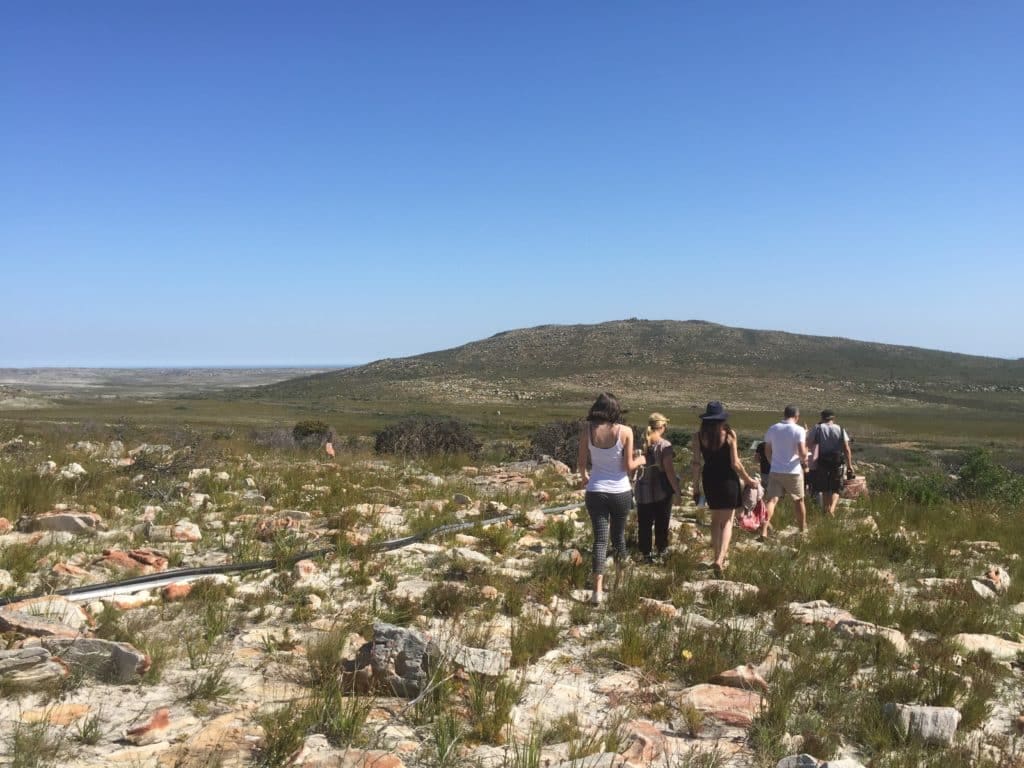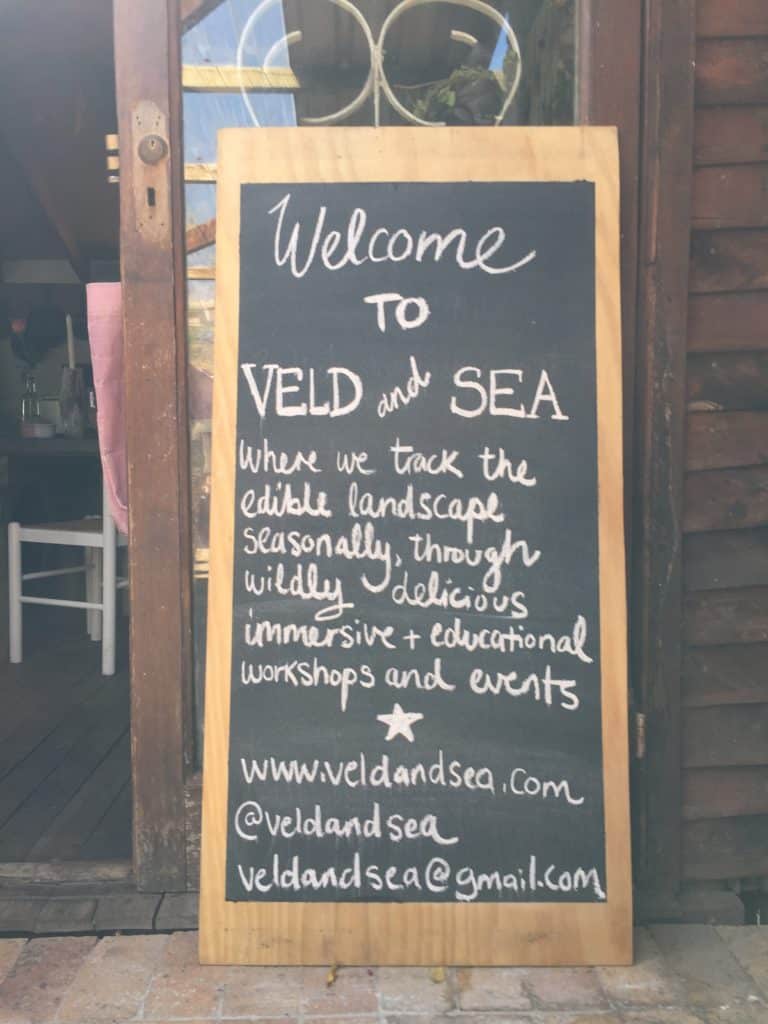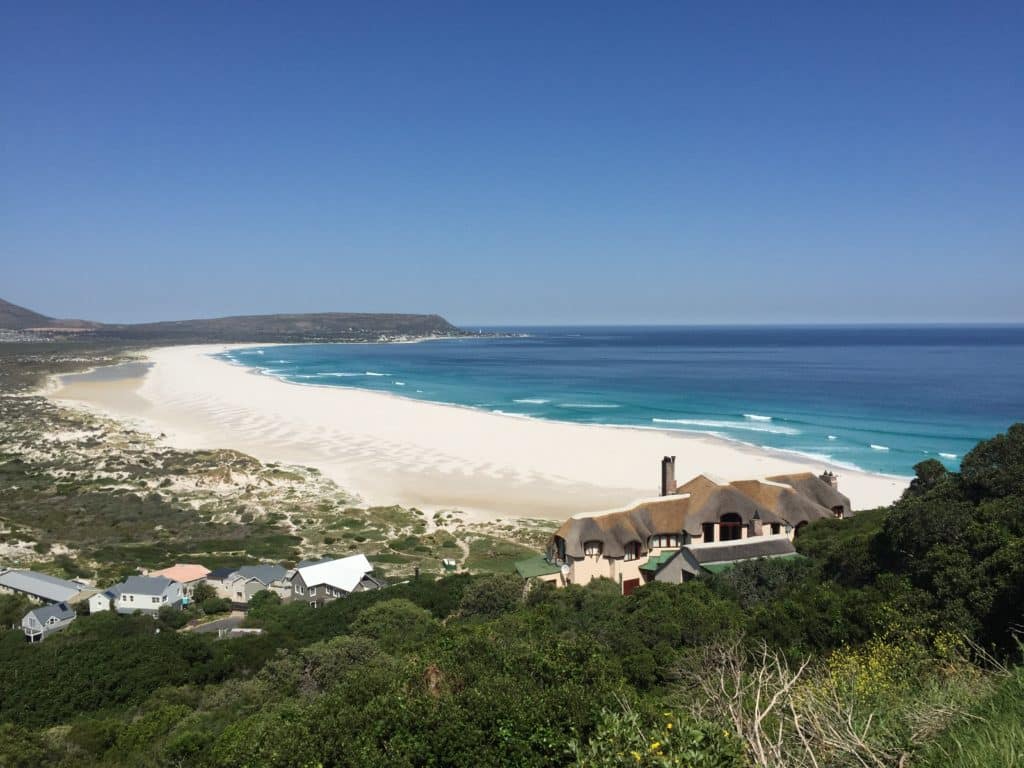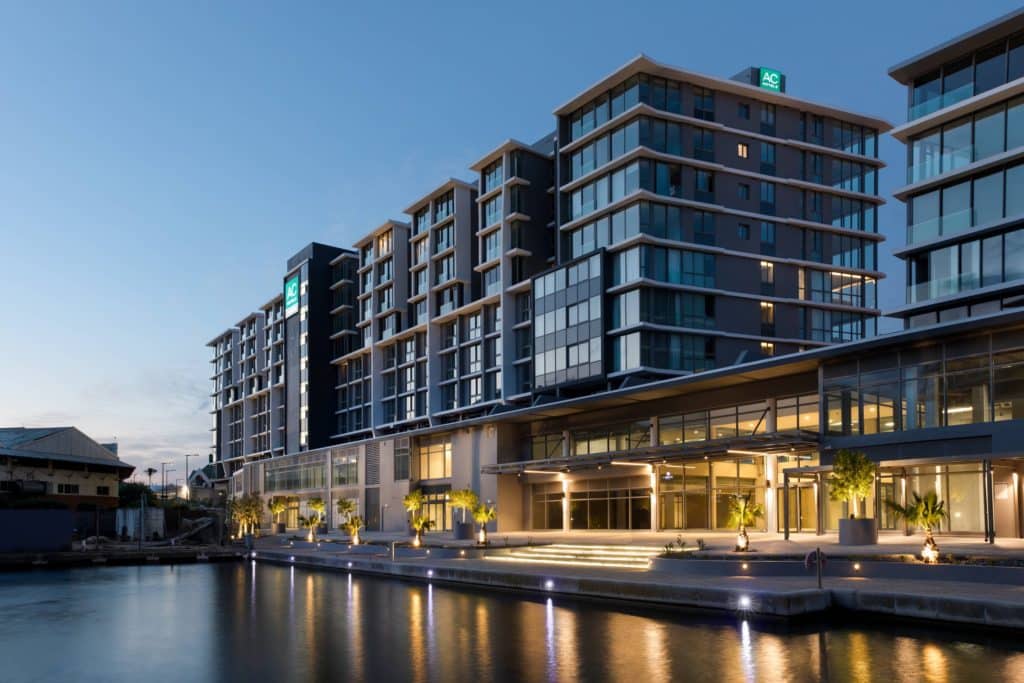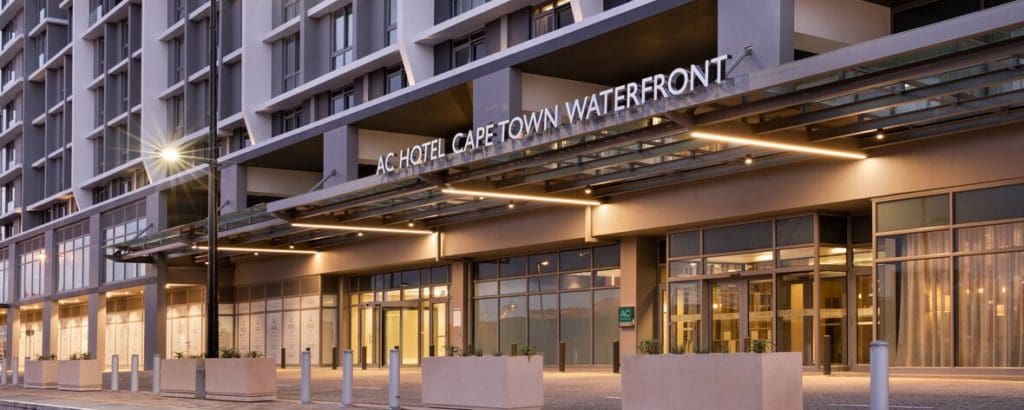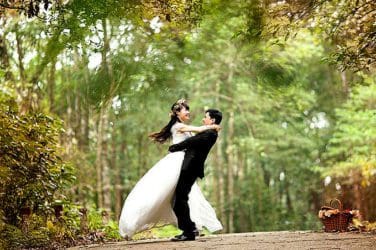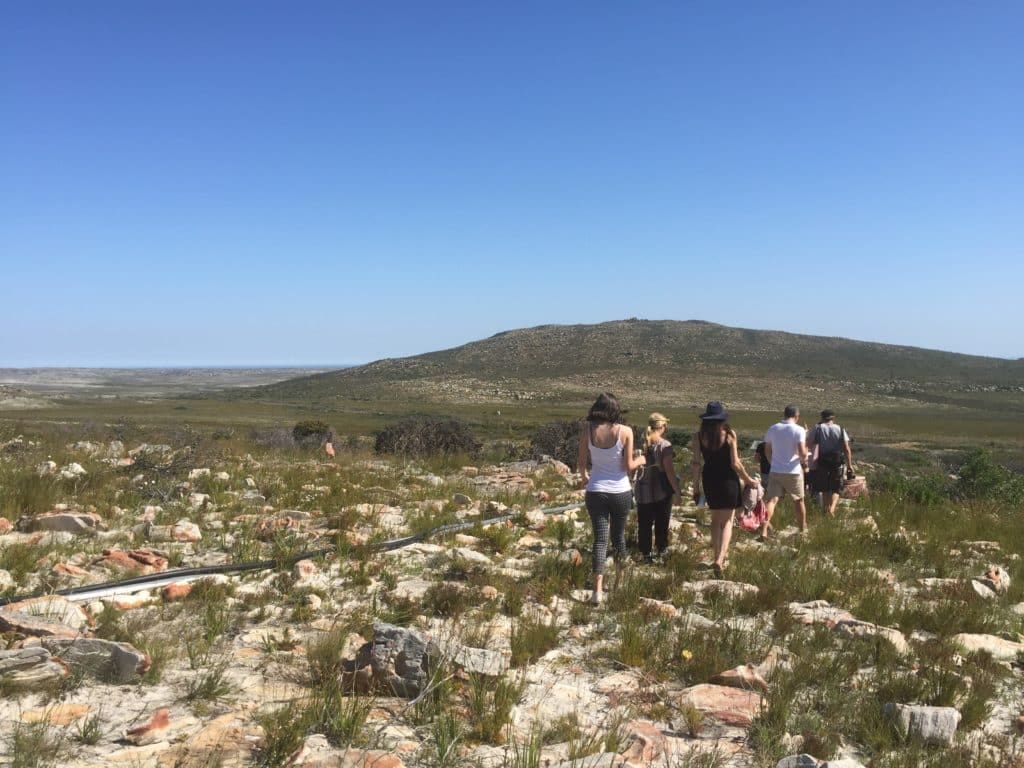
‘When the fire came two years ago’ says Roushanna, arms sweeping across the yellow-green foothills of her backyard, ‘it threatened everything. The veld, the trees, the plant nursery – they were all in the path of the flames’
Around us is the green world of a thriving herb garden. A thick calm coats the afternoon like butter. Bees bob atop pink flowerheads, and beyond that the blue forever of the western Cape. Even in a country as beautiful as South Africa, this is an idyllic spot.
But during the wildfire of 2017, it was hellish.
‘We hadn’t had a wildfire for decades, so the veld was very dry’ Roushanna explains, cradling a tender stem of rosemary in her fingers. ‘And the fire spread very quickly. But even though it was approaching, we decided to stay. The community came together, and together with the fire department we managed to save our land’
She also saved her heritage. Veld and Sea was founded by Roushana’s mother, Gael, who’s still here, tending to the herbs in the garden. There’s a ramshackle hut in the distance (‘We rent it out on Airbnb, often to surfers’), barefoot flower-crowned garden helpers, and a communal space in which to teach guests the secrets of plants. It’s one of those places where the thought nags at you: I should live here.
We’re led out of the herb garden and into the expanse of the veld upon a dusty track. Here, on a shrubby plateau, we drink tea of foraged flora and meditate in the silent sunshine.
Back inside the lodge, the heat is stifling. Yet the assembly of petals, flowers, buds, and stems on the wooden bench is bright and fresh, grown and harvested from the adjacent herb patch. I’m not exactly a gardener, but I’m even more nonplussed than usual. I don’t recognise any of them.
It’s because they’re endemic to South Africa. The western Cape is home to one of only six recognised plant kingdoms, which together account for all plants on earth. For such a small region to be the home of a distinct kingdom of plant species is incredible.
‘The western Cape of South Africa is one of the only parts of the world to have never suffered an ice age’ Jean-Baptiste, gin fanatic and botanical expert, explains. ‘So the plants here are much older, because the soil is very ancient – almost 400 million years old’
There’s rose pelargonium, a rough, fuzzy leaf with curly edges like parsley, which is apparently a kind of geranium. And buchu, a kind of citrus which makes excellent tea.
Known as the fynbos, this patchwork of shrubland and forest has over 14,000 endemic plant species, a few of which are before us on the table today. As well as culinary and medicinal properties, Jean-Baptiste assures us that they’re also bloody good in a gin and tonic.
Although he looks like a young Tom Hanks, Jean-Baptiste is the founder of Geometric Gin. As luck would have it, South Africa is undergoing a gin boom that puts Britain’s recent craze for the stuff to shame.
‘In 2016, South Africa had six native gins. Now we have over 200’
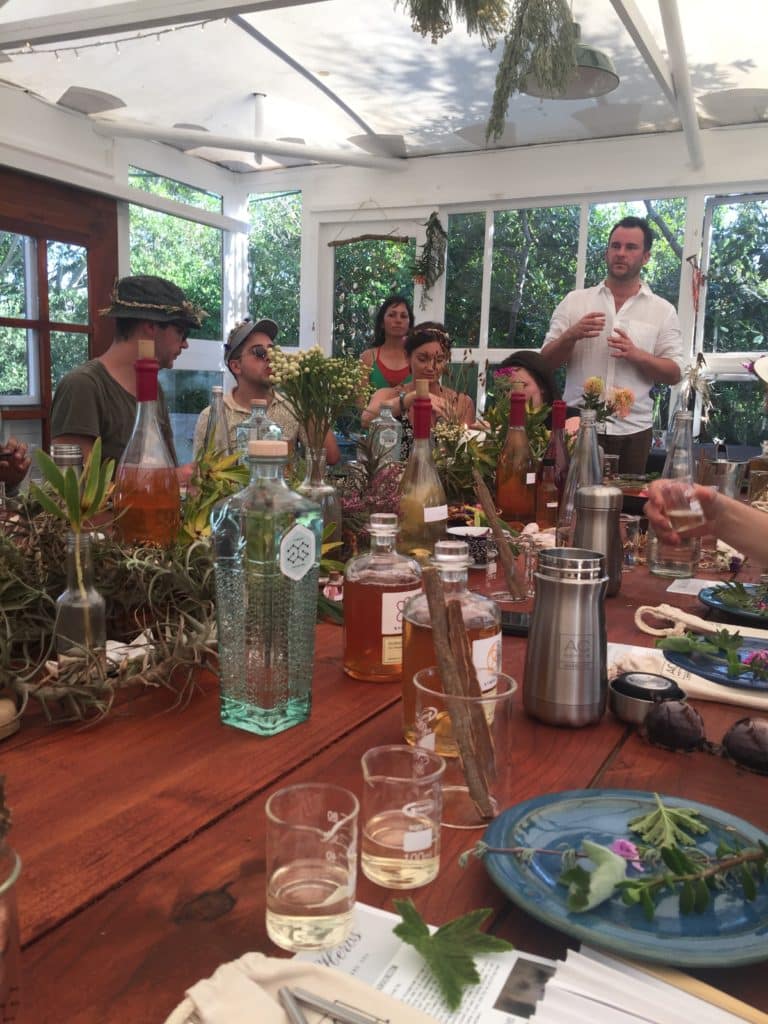
Jean-Baptiste’s gin is unique thanks to its accompanying tonic. Jean-Baptiste has crafted three tonics, each of which feature one of the unique fynbos plants. ‘Each of the tonics is based on local plants and herbs. That’s the challenge’
‘Mixing these flavours is nostalgic. When we were kids we had these little pink sweets called Romantics, which were based on rose pelargonium. Lavender and chamomile remind me of the Victorians, and our British colonial heritage’
This wildflower gin workshop quickly teaches me that I’ve been mixing gin and tonic wrong all my life. And chances are so have you.
‘Normally people pour a measure of gin and then add tonic water. But tonic water is full of sugar, and the sugar affects the taste of the gin’ Jean-Baptiste explains. Instead, we mix equal parts of gin with Jean-Baptiste’s tonics (‘No sugar or preservatives in them’), topping it up with sparkling water.
After a sensory immersion in the region’s plantlife, we’re about to taste it.
‘Go wild’ Jean-Baptiste says. ‘Play with the plants, smell them, squeeze them. See what you like and add it to your drink’
I throw together Jean-Baptiste’s floral tonic essence (rose pelargonium, lavender, chamomile) with fresh pelargonium leaves, fennel tincture, poppy petal syrup, flower petal sugar, Geometric gin, topped up with sparkling water. One sip, and I’m convinced that I have a future as a mixologist.
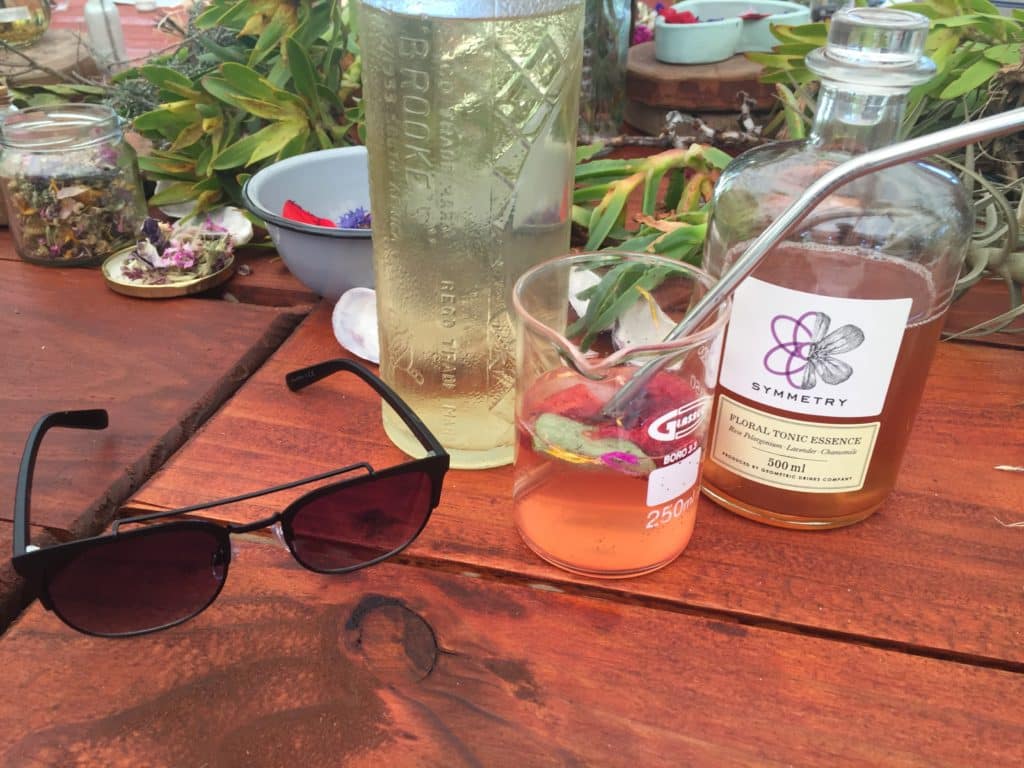
This one-of-a-kind experience has been curated by Marriott’s Bonvoy Moments. It’s a reward program that’s designed to extend the promise of all great hotels: to open up the country you’re staying it. They range from locally revealing experiences like our day at Veld and Sea, to private music gigs and one-to-one training sessions with sports stars.
To win, you have to bid points like an eBay auction, collected from staying at Marriott’s thirty-plus hotel brands around the world. There are 133 million members and around 8,000 auctions this year. Judging from our day at Veld & Sea, the Bonvoy Moments are very well-curated: we’re chauffeured from our hotel in Cape Town, shown key sights along the coastal road leading to Veld & Sea, and provided with everything from hip-flasks to blankets to equip us for the veld.
The Veld & Sea experience is connected to Marriott’s newly-opened AC Hotel Cape Town, on the city’s Waterfront district. Part of the AC Hotels group, which originated in Spain, the hotel offers tapas-style menu in honour of its Iberian roots. But the hotel’s best features are local to Cape Town. As soon as I arrive, I head straight to the swimming pool terrace to soak in the amazing views of Table Mountain and Lion’s Head peaks.
But the connection to the local area goes further than that. As well as the Veld & Sea experience, AC Cape Town Waterfront also offers a marketplace in its lobby, featuring regional produce from honey to vegan biltong.
It’s also why they offer a series of talks (‘Unpacked‘) exploring the subtle local details which influence each hotel. So at AC Cape Town, we’re treated to a talk featuring the architects, artists and designers who have helped to redevelop the surrounding Waterfront. ‘Attention to detail is the greatest form of generosity to our guests’ explains Jason van der Merwe, AC Cape Town’s marketing manager. It’s one of those lines that sounds good and has a ring of truth to it.
The room is crammed full of guests, locals and artists, first listening to and then challenging the panel. One of the speakers is Kelly Berman, who curates the Waterfront’s Southern Guild gallery. She gives African artists exhibiting space, from which they can sell their work and gain recognition.
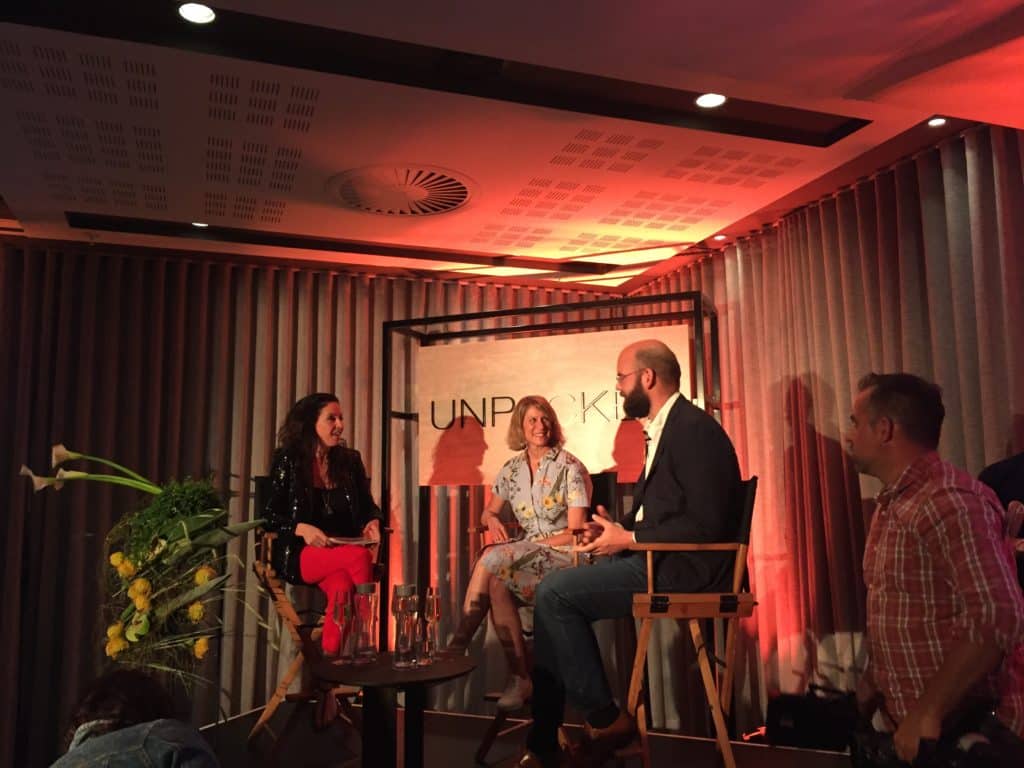
‘We like to see ourselves at the meeting point of art and design’ she explains. ‘People ask me what makes SA art unique. I struggle to find a single answer. Our artists draw from so many different traditions. We help them – we run our gallery almost like a workshop’
The next day, we head out into the September sunshine (spring, in this part of the world) and explore the Waterfront ourselves. Kelly welcomes us into the Southern Guild, which is filled with what Kelly calls ‘collectible African design’. There’s a cupboard shaped like a bacterium, a panel of lights made from upended oars, and colourful ceramic animal head trophies looming from the walls like roadkill from a more innocent universe.
‘One of our strengths in South Africa is that there’s a strong tradition of handmade crafts. There are so many new ways, now, to breathe life into these beautiful traditions’ Kelly says, as she leads us around bioluminescent tabletops, gold-brick counters and abstract vases. She introduces us to each artist as if they were beloved family members. ‘It’s our mission to make artists elevate their work’ she says, an evangelical glint in her eye.
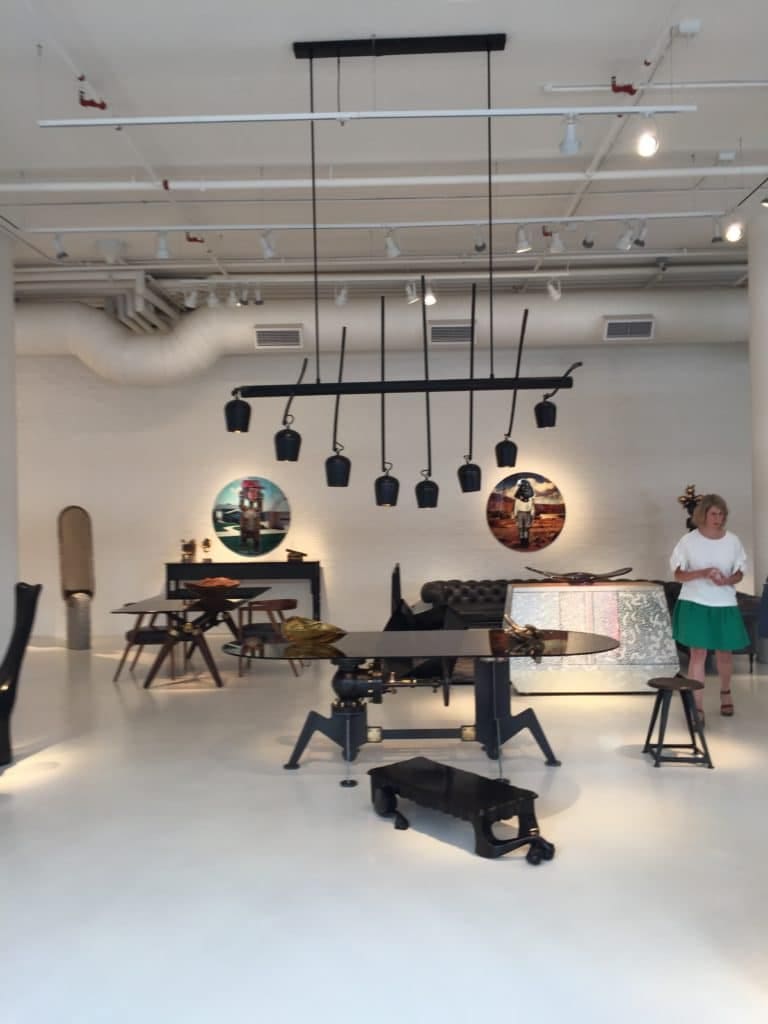
Across the road is the iconic Grain Silo, which houses the Museum of Contemporary Art Africa (MOCAA). Formerly the tallest structure in sub-Saharan Africa (only the Pyramids were taller), the Silo was one of the most distinctive features of Cape Town’s skyline, but fell into disuse in 2001.
It’s been repurposed as South Africa’s flagship art gallery. But the atrium retains the old silo towers. Vast pools of light accumulate a hundred feet below the oval slats. Guests walk in and immediately whip out their smartphones to capture the disarming vastness of the space.
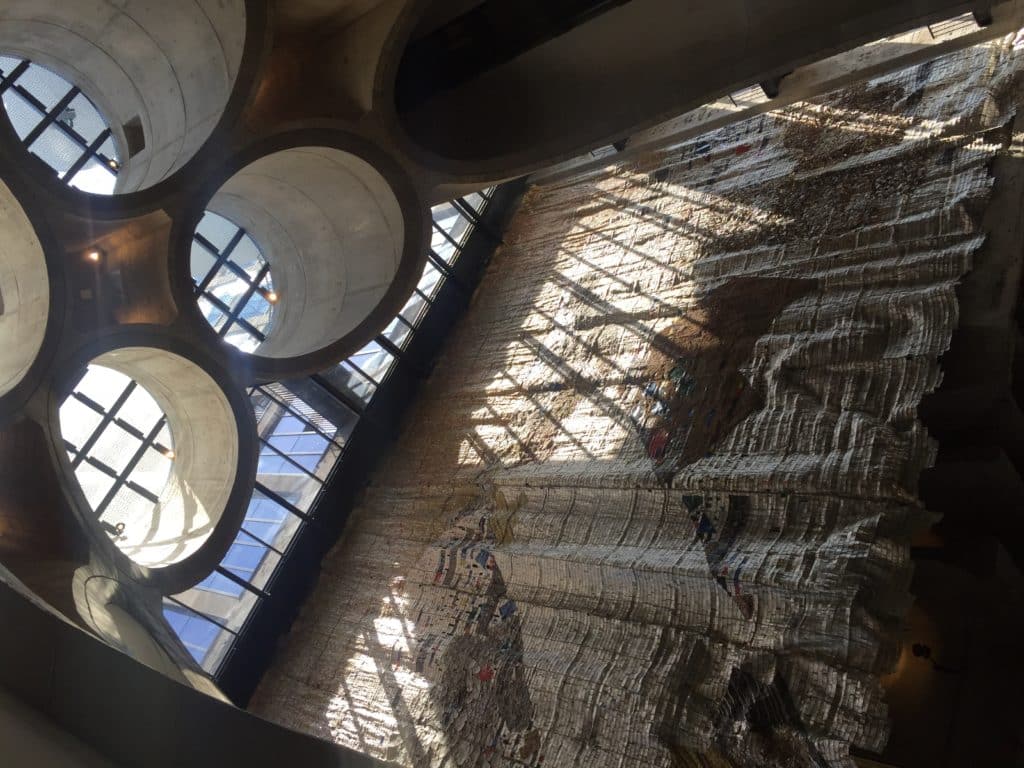
After an hour or two in the William Kentridge exhibition, we have lunch in The Yard. Named after the disused dockyards it has supplanted, it complements the adjacent MOCAA, so much so that lunch there feels like dining in one of the Museum’s galleries. Portraits from artists exhibiting in the MOCAA feature on the walls.
Exposed metal and concrete lend The Yard a contemporary feel, but the menu is homely and comforting. Rich curries, samosas, and grilled meat on skewers: it’s Indian fusion by way of the veld, accompanied by local wine from the Fairview Estate here in the Western Cape.
A sip of the Chenin Blanc, and I’m back at the Veld & Sea plant nursery. Knowing the richness of the fynbos makes the floral flourish of wine even sweeter.
Book your stay at the AC Hotel Cape Town Waterfront now
Find out more about Marriott’s range of unique Bonvoy Moments


